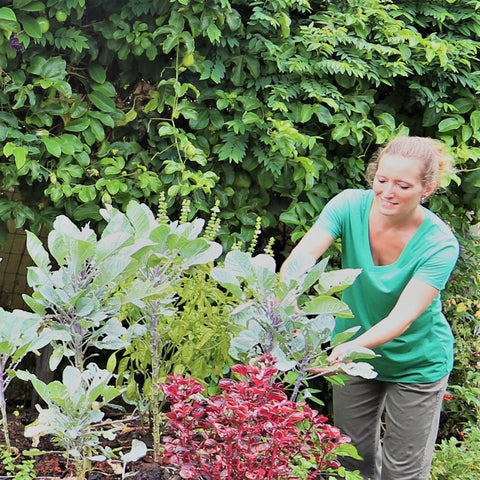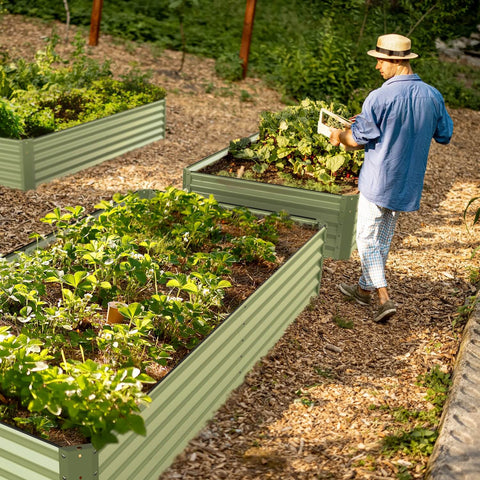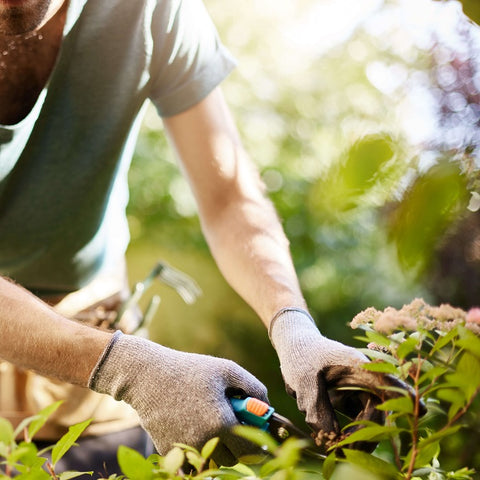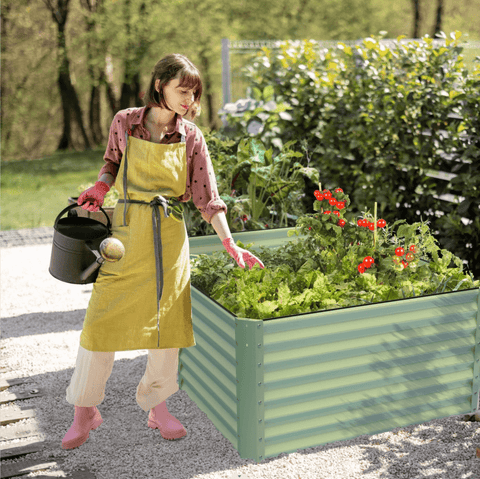A raised garden bed is a garden bed used for gardening. It is a mixture of plants filled with low garden containers to solve the problem of plants requiring more water and more plant nutrients for their roots. It usually consists of a wooden frame with a cushioned layer that provides good support and protection to the roots of the plant, thus improving the growing environment of the plant. It is higher than the rest of the garden. There are many reasons for raising beds in gardens, ranging from aesthetic preferences to gardening's desire to raise beds to avoid the struggle of poor soil conditions in gardens. Garden supply stores often sell equipment that can be used to make elevated garden beds, and people can also make custom designs using wood or supplies from home improvement stores.The following content also has some reference value for raised garden beds.

Traditionally, raised garden beds are made by leveling the native soil of the garden area and building an open box on top of it. The box is filled with good soil for gardening. In some cases, the bottom of the box may be closed so that the native soil cannot come into contact with the soil in the bed, while in other cases the bottom of the box is open. Raising the flower beds is entirely up to the gardener's liking.

One of the benefits of garden beds is that they provide good root space, improve water and nutrient uptake, and keep the roots warm, leading to healthier growth. Also, because it is a little higher than a normal garden bed, it can better protect the plants from rain, thus increasing their survival rate. They allow gardeners to ignore poor native soil conditions and introduce and build soil into their gardening beds. Using heightening beds also allows gardeners to create custom soil conditions, allowing them to grow acidic or alkaline plants. Creating tall beds is also a great tool to experiment with soil quality and gardening techniques without ruining the entire garden.
The use of raised beds can also solve pest problems. Underground intruders, such as gophers, can be prevented from digging into the ground bed soil by using gophers wire liners, which slugs and snails often find difficult to access. In addition to the benefits of natural pest control, cultivated garden beds tend to have better drainage than native soil, and they resist soil compaction, creating better growing conditions for plants.

When installing an elevated garden bed, one should think carefully about placement. It is important to find a bed in the garden or yard where it is most suitable both aesthetically and practically. Sun-loving plants, for example, should not be planted in raised beds in the shade. Some gardeners maintain a range of raised beds that offer a full range of sun exposure options, from full shade to full sun.

When using raised garden beds, there are a few caveats: First, you should choose soil that is suitable for plants to grow in, to help them grow. Next, stack enough mixture on the roots to protect them from the outside world. Finally, check the raised garden bed regularly to ensure that it is in good condition so that the plants have a good environment to grow. In short, raised garden beds are used more and more because they provide a good growing environment for plants and prevent rain from inundating them. When used correctly, plants will grow healthier









